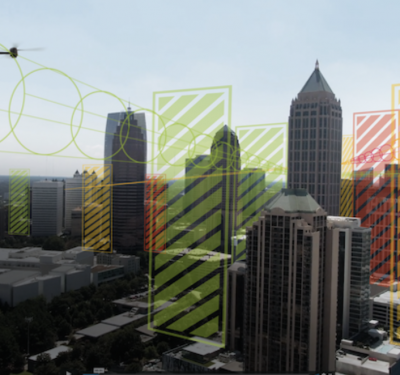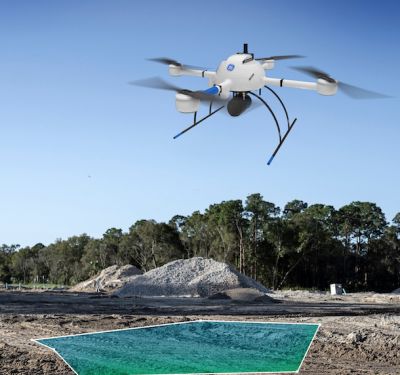
Inside Unmanned Systems’ upcoming webinar, “Understanding Latency for PNT Application Development,” delves into the critical topic of data rate and latency for position, navigation and timing, a key element for PNT systems in a number of fields.

The first speaker is Gustavo Lopez, market access manager for Septentrio, a high precision GNSS solution manufacturer. He’ll discuss how the number of fixes delivered by an RTK system per second define how closely the trajectory of a rover or other system can be presented. The usual update rate for GPS is one per second, which can be fine for navigation, but is of limited use in measuring speed, braking distance, acceleration and other factors.
Solution latency is the lag time between when satellite measurements were made and when the position is displayed or output. For precise navigation, he says, it’s important to have prompt position estimates, not values from two seconds or more ago.
He says recommendations on data rate and latency “depend on the use case,” but latency could be a significant source of position error for a GPS-using system in motion. For a vehicle or system traveling at 50 kilometers per hour, for example, a latency of 75 milliseconds means it will have traveled one meter before receiving the next update.
There are many applications where low latency is important, such as railways systems, to ensure on-time braking; autonomous unmanned aircraft, which need real-time information; autonomous vehicles, where real-time information is especially critical; GNSS and INS sensor fusion; and many others.
Lower latencies and higher position update rates mean machines are more responsive and can be operated at higher speeds without loss of performance. The highest performing GPS receivers today can output data at upwards of 50 Hz with latencies of less than 20 milliseconds.
Simulation and Emulation

Rafal Zbikowski, technical innovation engineer at Spirent Communications, will address how his company’s SimGEN simulation software and GXX9000 emulation hardware can help measure and deal with the data rate and latency issues, as well as controlling spoofing and jamming effects.
“We not only calculate things in software on a computer, but the results of the calculation are sent to our bespoke radio, which generates physical radio frequency signals, which is called emulation,” he says.
If a complex trajectory is coarsely sampled, “it will not be captured, but if it is discretized in a fine way, then it will be, which means that the update rate of the simulation and emulation is one of the key parameters, and this largely the focus of the technical content of this talk,” Zbikowski says.
The systems provide vehicle trajectory generation and trajectory prediction for low-latency testing, and help with handling imperfect data. The simulator/emulator setup can be combined with another mission simulator “and it all just works in one big loop,” he says.

Matthew Surridge, business development manager in the Transportation Business Unit at National Instruments, will also address webinar attendees. He is focused on bringing next-generation vehicle validation test insight and capability to customers in a rapidly evolving industry sector.
The free technical webinar will be on Wednesday, May 31 from 1:00 p.m. – 2:30 p.m. EDT. Those unable to attend live can register to receive an invitation to view on demand. Register Here






